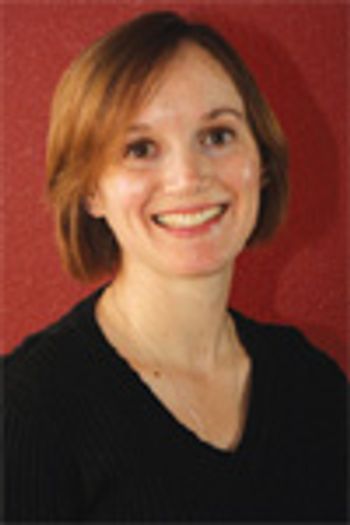
Dr. Perea discusses protein metabolism in older pets.

Dr. Perea discusses protein metabolism in older pets.

New Iams Senior Plus diets are specially formulated to address the needs of older pets.

Dr. Perea discusses protein metabolism in older pets.

Veterinarians are in the best position to evaluate the nutrient needs of their aging patients and to provide owners with guidance about optimal nutritional support and proper food selection.

New Iams Senior Plus diets are specially formulated to address the needs of older pets.
![Tanya-Vennell-[48930200]-748335-1384172134371.jpg](https://cdn.sanity.io/images/0vv8moc6/dvm360/f8a3654e0957442f4e4f2c53b5d0c5d0ca627b80-165x150.jpg?w=350&fit=crop&auto=format)
Try this reader tip that involves offering clients a sample food pack for feline diets.

Take care of yourself so you can take care of your veterinary patients.

Can you determine why Tupper can't handle his supper?

A reader tip for holding patients upright after eating.

This reader argues that weight management solutions need to be comprehensive with a long-term perspective.

There are thousands of reptile species worldwide and more reptile species are kept as pets than any other taxa. For as many types of reptiles that are kept, there are as many natural history strategies that these species demonstrate in their wild habitat.

With the hundreds of pet foods available today, an owner's decision about what to feed his or her pet has become a more complicated question than it once was.

Although dietary supplements are thought to be safe because they are natural, this is not necessarily so.

The process of choosing an appropriate diet for an animal with cardiac disease involves examining the patient, the diet, and the owner's feeding practices and considering all the issues at hand.

When patients are unable to tolerate enteral feeding, parenteral (intravenous) nutrition should be considered. A veterinary facility with the ability to obtain and maintain aseptic vascular access, to provide attentive 24-hour nursing care, and to perform in-house serum chemistry analysis can provide parenteral nutritional support.

Obesity is the most common nutritional disorder affecting dogs and cats in the United States (and, now, other countries), and its treatment is extremely challenging.

Dr. Matthew Beal discusses an exciting new technique that allows enteral nutritional support in critically ill veterinary patients that can't tolerate gastric feeding because of severe vomiting or a risk of aspiration pneumonia.

Dietary fiber may help dogs and cats feel fuller by diluting calories.

A recent clinical study shows the efficacy of the upgraded IVF weight loss diets in optimizing body composition and body weight inoverweight dogs and cats.

Through this roundtable, we hope to provide practicing veterinarians with a better understanding of how to recognize food allergies and food intolerance in both cats and dogs, as well as how to help manage the condition through diet.

With increasing weight comes increased weight-related disorders, especially osteoarthritis and type 2 diabetes. It's up to veterinarians to reverse this trend and save our patients from suffering needlessly.

In this interactive case, investigate why Misou has lost her appetite.

New research in dogs has been conducted to see if early feeding in cases of severe acute pancreatitis is well-tolerated.

Newcastle upon Tyne, U.K. - moisture-enhanced feline diet, coupled with increased activity, may inhibit the rate of weight gain in cats, according to research published in the June issue of the Journal of Animal Physiology and Animal Nutrition.

Find out from Drs. Pete VanVranken and Richard Ford in our Specialist in the Spotlight video series.